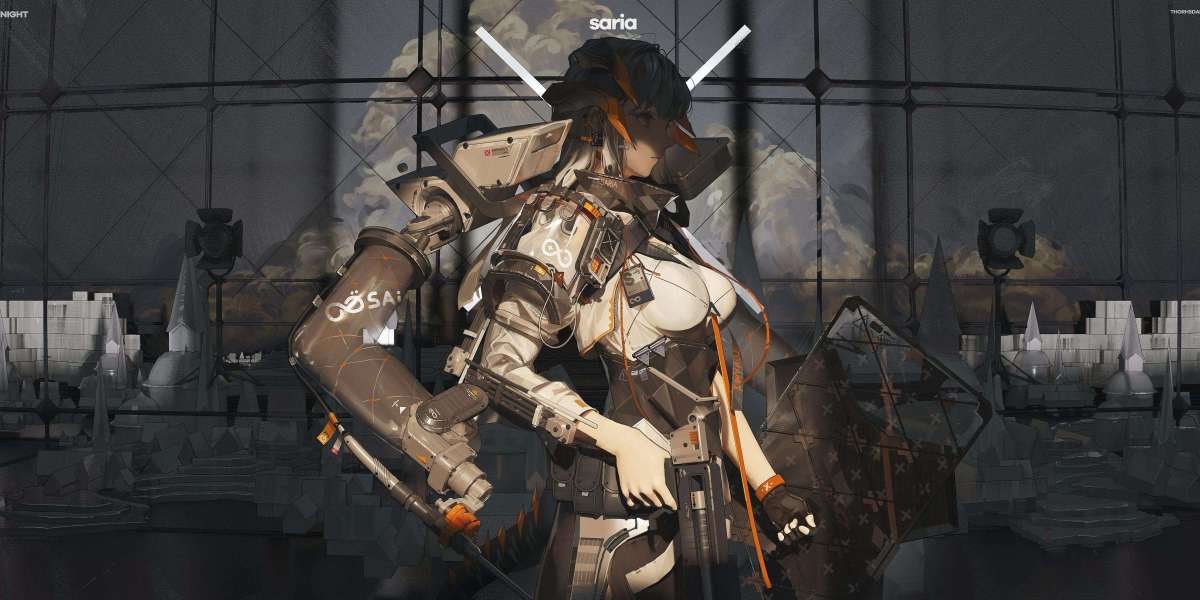Bifocal and multifocal contact lenses are designed to provide clear vision at any distance for people who are suffering from a common age-related condition called Presbyopia. This is when the eye’s natural lens loses the ability to focus on close objects and requires you to hold your mobile phone or any type of reading material farther away from your eyes in order to see them clearly. The symptoms usually manifest when you reach the age of 40 and is considered to be a normal condition easily combated through the use of the right type of contact lenses and proper eye care.
This is where bifocal and multifocal contact lenses come into play. Learning the difference with these types of contact lenses is crucial when making the decision to purchase one. Selecting the right optician in Sri Lanka is also an essential part of this process!
Bifocal and multifocal contact lenses come in both soft materials and GP materials (gas permeable). These lenses can sometimes also be purchased and worn on a disposable basis which allows you to dispose of them daily instead and replace them with fresh lenses. However, the main difference between these two lenses is that bifocal contacts lenses have two prescriptions in the same lens whereas multifocal contact lenses have a range of powers in each lens.
There are three common types of multifocal lenses, which are:
Aspheric multifocal lenses – These are constructed similar to progressive eyeglasses lenses and provide a seamless transition between the multiple prescriptions
Segmented Bifocal Lenses – These are only available as rigid gas permeable lenses, resembling bifocal glass lenses, the distance prescription is located in the upper half of the lens and the near prescription is on the lower half. The bottom of the lens is flattened to keep it in place on the eye. Segmented GP lenses are smaller in diameter than soft contact lenses and rest on a layer of tears above the margin of the lower eyelid.
Concentric multifocal lenses – These lenses incorporate concentric circles on the lens with a gradual transition between prescriptions alternating between distance and near corrections.
Deciding which type of lens is right for you is essential for proper eye care in Sri Lanka. The right opticians in Sri Lanka will start by considering pupil size and you’re near prescription. There aren’t specific rules when it comes to choosing your lens. However, aspheric multifocal contact lenses are better suited to work better for mild to moderate presbyopia and concentric or segmented multifocal contacts work better for the more advanced conditions of presbyopia.
In addition to multifocal and bifocal lenses, there are a few alternate options that could possibly work for you.
One is known as Mon vision. This involves wearing single vision contact lenses. Your dominant eye will be fitted to wear the distance correction contact lens and the lesser dominant eye will wear the near-contact lens
You could also wear reading glasses over distant contact lenses. This will help when you need to see or read something up close.
If you have been diagnosed with presbyopia then opting for contact lenses is a great choice, especially if you are among the many individuals who prefer it over the usual reading glasses. Whichever method is best for you has to be decided by you and you optician. Cheaper versions of contact lenses in Sri Lanka are found all over which can lead to more damage to your eyes so select a reputed optician because correct and proper eye care is very important to leading a satisfying life.







